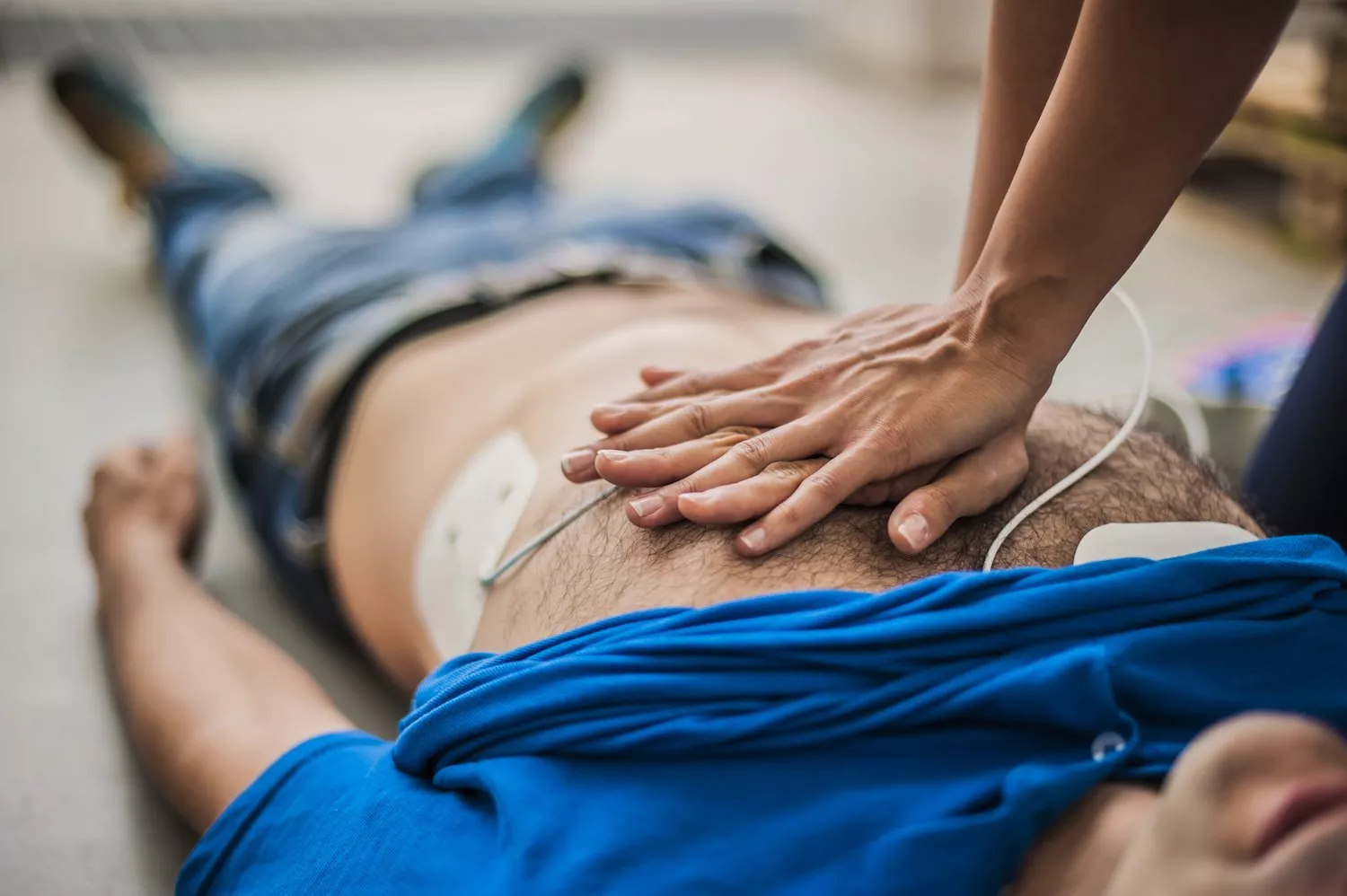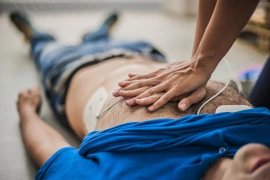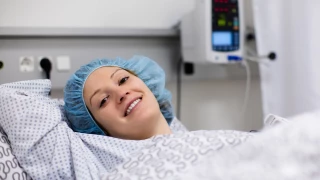
What is Cardiac Arrest?
- What is Cardiac Arrest?
- What is Cardiac Arrest?
- What are the Causes of Cardiac Arrest?
- What Should Be Done in Sudden Cardiac Arrest?
- How Should an Effective Cardiac Massage Be?
Cardiac arrest is a vital condition that can be cured with early diagnosis and treatment. Knowing what to do in the event of Cardiac Arrest can save a person's life. So, what exactly is Cardiac Arrest? What are the causes? What are the symptoms? What should be done in case of Cardiac Arrest?
Heart diseases are the leading cause of death in the world. Many patients who have had a heart attack may die of cardiac arrest (cardiac arrest) within a few hours of the onset of symptoms, unless early diagnosis and intervention is made. Therefore, early diagnosis and intervention is very important. Signs and symptoms that develop prior to Cardiac Arrest facilitate early diagnosis. In this case, no time is wasted in reaching the healthcare team. So what is Cardiac Arrest? What are the causes? What are the symptoms? What should be done in case of Cardiac Arrest? How should an effective heart massage be?
What is Cardiac Arrest?
It is the sudden stop of the constantly beating heart. Sudden Cardiac Arrest develops due to reasons affecting the heart and respiratory system. Generally, the blood supply of the heart is disturbed when an obstruction occurs in the coronary artery feeding the heart. The heart, which cannot get enough blood, is without oxygen and the cells in the heart muscle die. An abnormal heart rhythm called Ventricular Fibrillation (VF) is found in one-third of cardiac arrests that occur outside the hospital.
Ventricular Fibrillation (VF): It is a complex rhythm that causes loss of pulse. It causes cardiac arrest (cardiac arrest) by making the heart muscle unable to contract with rapid and irregular electrical activities in the heart. It is the most common rhythm of sudden cardiac arrests. The treatment of this abnormal rhythm, which is seen significantly, is defibrillation. Each minute of delay reduces the chance of survival of the sick or injured by ten percent. For this reason, 112 Emergency Health teams should be informed immediately and time should not be lost.
What are the Causes of Cardiac Arrest?
Cardiac Arrest can have many causes related to the heart and breathing. The most important of these are:
- Heart Diseases: It is one of the most important causes of cardiac arrest. If there are conditions such as coronary artery disease, genetically caused heart diseases and rhythm disorders, you may be at risk for cardiac arrest.
- Hypothermia: It is a condition in which the body temperature drops below the normal level. Normal body temperature is around 37 degrees C. Hypothermia can be diagnosed when the body temperature drops below 35°C.
- Hypovolemia: Severe reduction in circulating blood volume.
- suffocations
- Medicines and Poisons
- Electric or Lightning Strikes
What are the Symptoms of Cardiac Arrest?
- Loss of Consciousness
- Respiratory arrest
- Absence of Pulse: What is the pulse to the movement of the heart caused by a contraction. It is between 60-100 beats per minute in an adult.
- Inability to Hear Heart Sounds
- Pale Skin
- Cyanosis (bruising): It is a blue-purple appearance on the skin caused by the low amount of oxygen in the blood. In this case, there is a blue-purple color change, especially around the lips, fingertips and auricle.
What Should Be Done in Sudden Cardiac Arrest?
Early diagnosis and intervention in Sudden Cardiac Arrest is very important in terms of ensuring the circulation of vital organs and not losing the functions of the brain and heart. Continuous CPR after early identification can ensure the survival of the person suffering from Cardiac Arrest.
First of all, if there is only one rescuer, approach the patient and ask 'Are you okay?' it is asked. A warning should be given by tapping the patient's shoulder lightly. If no response is received, the patient's or casualty's breathing is evaluated. Whether the patient is breathing is quickly evaluated in less than 10 seconds. If the patient is not breathing, the inside of the mouth is checked and the foreign bodies seen are cleaned. If there is no foreign body in the mouth, blind diving should not be done with the fingers. In order to open the airway (if there is no head and neck trauma), the Head-Jaw Position is given so that the airway opening is fully ensured. If the patient is still not breathing, it is considered Cardiac Arrest and emergency 112 is called immediately. It is extremely difficult to control the pulse in a patient in this situation. Therefore, rescuers who are not healthcare workers should start CPR immediately without checking for pulse. The rescuer does 30 chest compressions followed by 2 breaths. When the AED (Automated External Defibrillator, which can also be used by non-health workers) arrives, rhythm evaluation can be made and commands are applied. CPR is continued until the help team arrives.
How Should an Effective Cardiac Massage Be?
- It should be done continuously.
- Each chest compression should be 4.5-5 cm deep.
- Cardiac pressure and respiratory rate should always be 30:2.
- CPR should be performed at a rate of 100-120 compressions per minute.
- The arms should be opened at the level of the hips, and the patient should be as close as possible to the patient, without bending the elbows.




